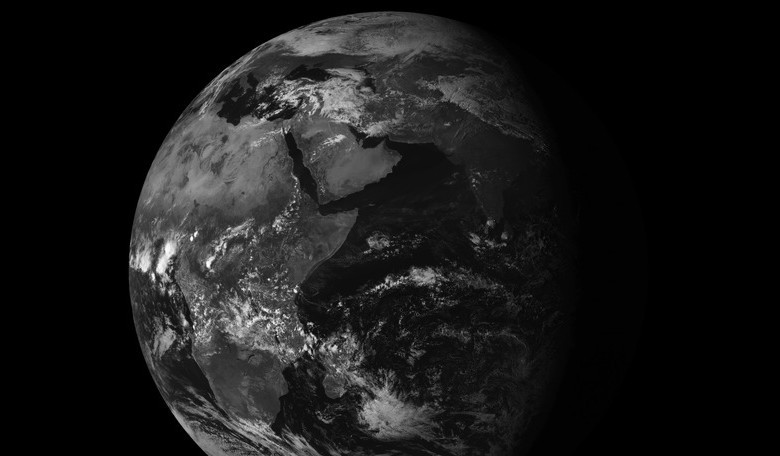What happens to a satellite when it has reached the end of its life? For EUMETSAT’s oldest operational meteorological satellite, Meteosat-7, it is on its way to its final resting place in the “graveyard orbit” in the skies.
Launched on 2 September 1997, Meteosat-7 was developed under the Meteosat Transition Programme (MTP), and was part of a pioneering geostationary weather programme that shaped the success story of satellite meteorology in Europe.
With almost 20 years in orbit, Meteosat-7 has had the longest operational lifetime of any European meteorological satellite, quite a feat considering its initial expected lifetime was just five years.
Meteosat-7 was designed to be a gap filler between Meteosat Operational Programmes and provided the prime 0° longitude Full Earth Scan Service until it was replaced by Meteosat-8 in 2006.
It then became the prime provider of the Indian Ocean Data Coverage (IODC) Service until 1 February 2017. Now, with thrusters firing, the satellite will undergo a series of “burn manoeuvres" every half an orbit, to increase its altitude in stages as it is pushed out towards the rather solemnly named region known as the “graveyard orbit,” to live out the rest of its days.
The graveyard orbit is a region 36,000km above Earth where old satellites are sent so that they will no longer pose a threat to those still in service.
Some low-Earth orbiting satellites are now required to reserve some fuel, so at the end of their mission they can be disposed of as they re-enter and burn up in Earth’s atmosphere. However, for high-flying satellites such as Meteosat-7, it would require the satellite to carry too much propellant, making it to heavy, so this is not an option.
It is estimated that the number of satellites in the graveyard orbit is possibly already in the hundreds and this will only increase as many more new spacecraft are launched each year. Engineers are therefore looking at ways to resolve the problem of space debris, which is now becoming a major problem.











